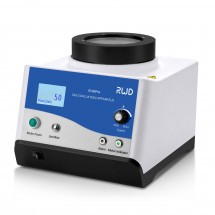Anesthesia System
TAIJI Small Animal Anesthesia Solutions
Most advanced system and offers highly efficient, precise gas flow
Brand: RWD
Available
Free delivery within Singapore only

 SingaporeSG
SingaporeSG ChinaCN
ChinaCN MalaysiaMY
MalaysiaMY IndonesiaID
IndonesiaID MyanmarMM
MyanmarMM
_f2esc95d.jpg)













